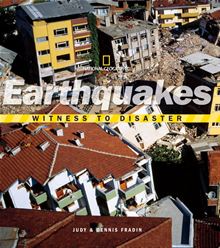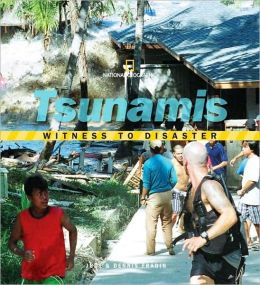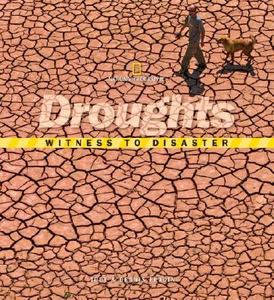 Have you ever wondered what causes earthquakes? By reading this book, you’ll learn all about the reasons earthquakes take place. Maps and diagrams will help you understand tectonics and stunning photos will show you the effects of an earthquake. By reading the accounts of people who have lived through earthquakes, you’ll get a clearer idea of what it’s like to witness one.
Have you ever wondered what causes earthquakes? By reading this book, you’ll learn all about the reasons earthquakes take place. Maps and diagrams will help you understand tectonics and stunning photos will show you the effects of an earthquake. By reading the accounts of people who have lived through earthquakes, you’ll get a clearer idea of what it’s like to witness one.
Excerpt: The ground would not stop shaking. I turned and watched my house squirm and groan as though in last mortal agony. It was as though someone had engaged in it in a gigantic taffy pull, stretching, twisting and shrinking it.” Eyewitness Account.





